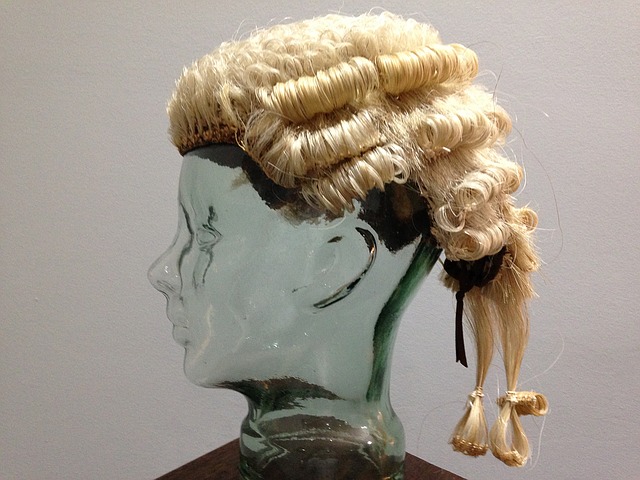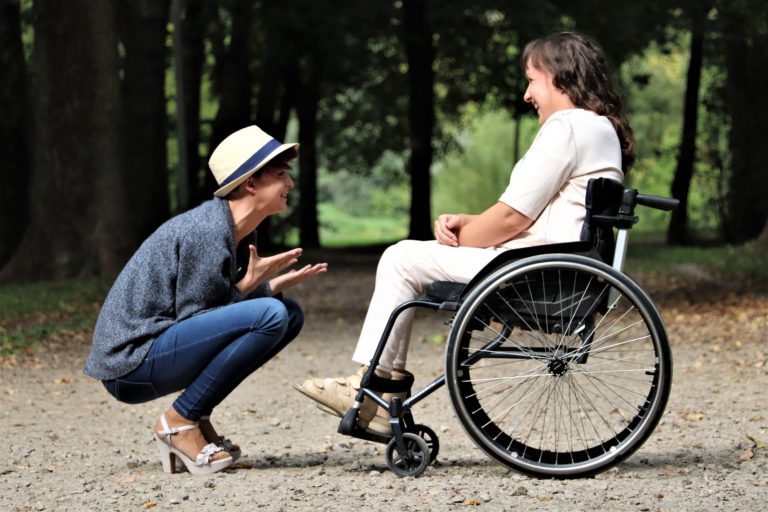Received a subpoena? 12 tips for speech pathologists
When working with kids, most of us try to provide family-centred healthcare. The upsides include better therapy and real world outcomes. But the downsides can include getting embroiled in family and other disputes, including Family Court and other litigation.
If you’re in private practice and work with kids, you should expect to receive the odd subpoena. For example, in the last 12 months, I’ve received two.
A subpoena is a writ (a court-issued command). There are two main kinds, both with fancy Latin names:
- Subpoena ad testificandum: these require you to attend court and give evidence as a witness in person.
- Subpoena duces tecum (also known as a “subpoena for the production of evidence”): these require you to attend and deliver certain documents in your possession to court.
“Sub poena” means “under penalty”, which is what happens if you fail to do what the subpoena says. In our experience, speech pathologists tend to receive subpoenas for the production of evidence more often than subpoenas to be witnesses.
So how should you handle subpoenas to produce documents?
Here are 12 tips when receiving subpoenas issued by Australian courts:
1. Don’t panic.
It’s never a good feeling to receive a subpoena. But in most cases – particularly Family Court cases – the court dispute is not about you or your service, it’s about the welfare of a client. In most cases, all you will be asked to do is to provide documents in your possession or control that relate to a client.
2. Valid subpoenas override client confidentiality.
Speech pathologists are hard-wired to protect client confidentiality – especially on sensitive matters relating to a client’s healthcare. But, as with mandatory reporting requirements, a valid subpoena overrides our ethical obligations to protect a client’s confidential information. If the subpoena appears to have been issued by a court, you should assume it’s valid and do what it says, unless you actually know it’s fake and have received independent legal advice from your lawyer that you do not need to comply. In practice, we assume all subpoenas we receive are real and valid.
3. Date stamp, read, diarise.
Record the date on which you actually received the subpoena. Read the subpoena carefully. Consider what you are required to provide and by when and, if necessary, recall files from storage. Diarise the last date on which you can submit the documents with a reminder three days before the deadline. If you don’t understand what you need to submit or think there has been a mistake (e.g. wrong date, you have no record relating to the person’s name), ring the relevant Court Registry and make enquiries (note the case number before contacting the Court Registry as you will be asked for it).
4. Keep the envelope.
Retain the subpoena and the envelope it came in. Do not throw the envelope away. Keep it with the subpoena (we always staple it to the subpoena). In the event there is disagreement about what you received, you want to be able to show everything that has been sent to you including the envelope.
5. Collate, check and copy documents.
Leave enough time to comply with the subpoena. It always takes much longer than expected to find, collate and copy all the relevant documents. If you are in any doubt about whether particular documents fit within the scope of the subpoena, discuss with a lawyer. In our experience, subpoenas are usually very widely drafted to capture all documents relating directly or indirectly to the client in your possession or control. All documents means all documents – don’t leave documents out, even if they contain errors, are drafts or are embarrassing to you or other people. It’s not up to you to decide whether including a document is in the best interests of your client. All means all.
6. Keep a record of documents submitted.
If permitted by the subpoena, we submit copies and keep the originals on file. Generally, the subpoenaed documents will not be returned to you. If you need the documents to be returned, check with the relevant Court Registry as to how you can have them returned.
7. Submit.
If you can, personally submit the documents to the Court/Court Registry. If you can’t submit the documents personally, then leave plenty of time for the documents to be delivered prior to the deadline date and make sure the subpoena allows documents to be delivered other than by personal attendance. If you are permitted to mail the documents, send the documents by registered post or courier (unless the subpoena tells you to do it a different way). Keep a copy of the tracking number/code of the parcel and track the delivery of the parcel.
8. Where should you go?
When delivering documents to a Court/Court Registry, make sure you are in the right place. Sometimes a Court House can be in a different location from a Court Registry, e.g. the District Court Sydney at Downing Centre versus the District Court Sydney Registry at John Maddison Tower. Sometimes, the filing of general documents is handled in a different room/on a different floor from the filing of subpoenaed documents, e.g. Family Court of Australia, Parramatta Registry. If in doubt, ask the Court Security Guard or other staff.
9. Dated court receipt.
Ask for confirmation of receipt from the Court. This can take the form of an acknowledgment letter or photocopy of the front page of the subpoena with the Court’s date stamp affixed. Make sure the receipt has been dated. The last time we submitted documents to the Family Court, the Registry Clerk did not date the acknowledgment letter. Luckily we noticed before we left the Registry. This is particularly important as you may need to show that you submitted the subpoenaed documents within time.
10. File note it.
Make a file note about what you submitted, who you submitted it to, when you submitted the subpoenaed documents and how. This is useful in case the documents later go missing in the system.
11. Bank the cheque.
When you receive a subpoena, it usually comes with a small cheque to cover expenses. It’s usually not much, e.g. $25. Bank it as soon as you can. There are law firms that have a practice of cancelling subpoena cheques as soon as they receive documents, so don’t be caught out. Make sure you get compensated (in part, at least) for your photocopying costs!
12. Respond promptly to any suggestion you haven’t complied.
If you receive correspondence from the lawyers who subpoenaed documents claiming that you have not submitted the documents (and this is not uncommon given the volume of documents that a Court or Registry receives), promptly write to the firm providing a copy of the Court/Registry acknowledgment. Send the correspondence by fax, with the original correspondence following by mail or courier. Do not do it by email.
Disclaimer: This article provides some general tips associated with speech pathologists receiving subpoenas in Australia. This article is current as at the date of its publication. This article does not constitute any kind of legal advice, opinion or recommendation about rights, obligations, remedies, defences, options, or strategies. You should obtain legal advice specific to your circumstances.
Image: https://tinyurl.com/j4qb6gb








